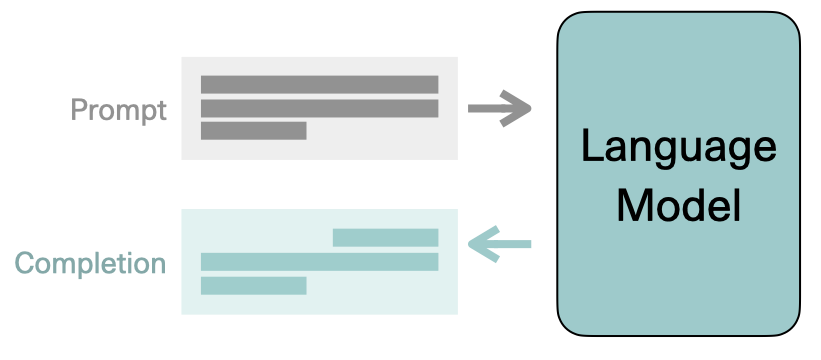Large Language and World Models in Artificial Intelligent Systems- Free Lesson
Recently, OpenAI and Gemini unveiled their brand-new collaborator platforms. These artificial intelligence systems were created for natural language flow. They can imitate human speech and can therefore carry on conversations with others. ChatGPT, Copilot, Gemini, Deepseek and Grok are able to adjust to the discussion and pick up on particular messages. Over time, these utilities will get better the more it is used.
Describe the challenge.
A prompt is a group of words or a single word that is entered into a large language model application. The tool then makes an attempt to comprehend and analyze the input before automatically producing a response. Therefore, it's crucial that you use language that the tool can comprehend in your prompts.

How to create a strong prompt message
What qualities distinguish an effective prompt? You should bear the following in mind as you create your LLM application prompts: Make sure your commands are specific and understandable. Stay away from phrases with lots of subpoints. Make use of simple, concise phrases as opposed to long ones. Always make an effort to be specific in your questions and to clarify their context. LLM applications will produce better results in this manner. Be mindful of the language you use in your suggestions. Select phrases that are simple to grasp and aid the tool in understanding the context. Additionally, refrain from using jargon or slang as they may not be able to accurately determine the meaning of the query. Avoid asking yes/no questions or questions that are too broad because these inquiries frequently don't yield very useful answers. The more specific your queries, the better; try to be as specific as you can as to what questions you want answered.
Good and bad examples of ideas
It's crucial that you write your prompts properly when you first start using these models. A solid prompt can improve the tool's performance and aid in your goal-achieving. To help you understand what to avoid, we'll give you some examples of both good and poor prompts.
Excellent starters:
"Please describe the qualities of the perfect user experience."
"Where is Tornado Alley?
Explicit/Complex:
"Show data structure from three random nutrition lesson plans that increment by id and include headings: id, description, objective, activities, recipes, opener, and closer. Using the values in id, description, objective, activities, recipes, opener, and closer, export data to a .CSV file. Character length for description, objective, and activities values should be 400 characters or more. Escape special characters and commas in value data with backslash."
Vague Questions:
"Please elaborate on everything".
"Explain all the qualities that the perfect user of our service possesses."
The merging evolution of linguistic and world/spatial modeling into the possible creation of AGI.
Building world models that rely on spatial understanding rather than language involves training systems to interpret and predict environments through sensory, geometric, or embodied representations rather than textual or symbolic inputs. Let’s break this down and contrast it with language-based models, especially those that perform reasoning through sentence structure tokenization.
World models are internal representations of the external environment used for prediction, planning, or simulation. Models grounded in spatial or sensorimotor input focus on the following characteristics:
Key Features:
-Input Type: Images, depth maps, point clouds, proprioceptive data, or simulated physics environments.
-Representation: These models learn to encode the environment in 3D spatial terms — position, orientation, volume, and motion over time.
-Learning Methods: Typically trained using reinforcement learning, unsupervised representation learning, or self-supervised methods (like contrastive learning or predictive modeling).
-Architecture Examples: Vision transformers, ConvNets, spatial memory networks, or models like World Models (Ha & Schmidhuber) and GATO (DeepMind).
A future AGI system may merge spatial and linguistic world models, enabling it to:
- Understand what a table is not just from the word but by interacting with one.
- Use language for abstraction, and spatial reasoning for grounding.
This hybrid model approach is being explored in multimodal models which can process both language and sensory data, blending abstract reasoning with embodied understanding.
Consider what you hope to achieve with your assignment. A strong prompt will guide large language models to produce the desired outcomes and be clear and precise. Use plain language that is easy to comprehend. Pay heed to the grammar and spelling. The tool may yield the incorrect results as a result of errors in the prompts. Be precise. The more details you include in your prompt, the better they will be able to provide accurate findings. Your suggestions should be succinct and direct. Short and direct instructions work best for AI tools.
